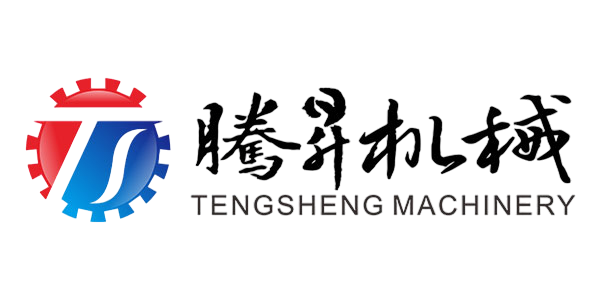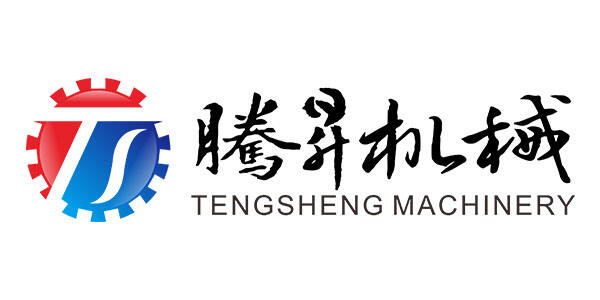Contamination remains a big problem throughout the world's food supply networks, with all sorts of different dangers threatening what ends up on our plates. We're talking about things like bacteria from bad actors such as Salmonella and E. coli, leftover chemicals from farming sprays and manufacturing operations, plus when foods get mixed together accidentally while being handled or shipped around. The good news is automation has become pretty important for tackling many of these problems. Automated tracking helps keep tabs on food safety at every step from farm to table. These systems provide continuous monitoring with instant alerts whenever something looks off, which cuts down on contamination incidents quite a bit in practice.
Take traceability for example. Automated systems have completely changed how companies handle it, making it possible to find and separate bad batches much faster than before. This helps limit damage when something goes wrong. A recent report from the International Association for Food Protection found that businesses using automated tracking saw about 30 percent fewer contamination cases over time. Big names in the food industry are already seeing real advantages from these tech upgrades. They can now follow strict safety rules more consistently and keep customers safe, which matters a lot in today's market where people care deeply about what they eat.
Automation plays a big role in keeping people's hands off food products, which cuts down on the chances of spreading germs. When workers don't touch food directly, there's less chance of cross contamination something that causes a lot of those nasty food poisoning cases we hear about all the time. Take a look at modern food processing plants these days robots do most of the cleaning and moving around of food stuffs. They actually perform better than humans when it comes to staying clean and getting the job done right. These machines just keep going without tiring or making mistakes, so everything from conveyor belts to packaging machines stays free from dirt and bacteria. Sure, no system is perfect, but automation definitely raises the bar for food safety standards across the industry.
Research indicates that robots working in food processing plants have cut down on contamination problems quite a bit. Take for instance what Science Daily reported recently showing contamination levels fell by half when companies switched from human workers to robotic arms for handling food products. Fewer contaminated batches mean fewer people getting sick from eating tainted food caused by mistakes humans sometimes make. Looking at all this data, it seems pretty obvious that investing in robotic technology helps keep things cleaner overall while protecting consumers' health better than traditional methods ever could.
Vegetables get cleaned using three different actions at once: bubbles, sprays, and water circulation work together for better results. The system creates gentle movement through air bubbles that loosen stuff off the veggies, then sprays blast away any remaining dirt or grime, while constant water movement makes sure everything gets covered evenly. This mixed approach works much better than just hand washing most of the time. Research indicates these machines can cut down bacteria by almost all (around 99.9%) so folks actually end up with clean, edible produce faster without having to spend ages scrubbing them themselves.
Automated cleaning systems often use ozone to get rid of pesticide leftovers on veggies. Ozone works as a strong oxidizer that basically eats away at those pesky chemicals until they're neutralized, with hardly anything left behind that could be harmful. Safety rules matter here too. The FDA and other watchdogs have put specific limits in place so this disinfecting method won't mess with food safety standards. Research comparing different methods shows ozone actually beats out several traditional chemical options when it comes to cutting down pesticide traces. Farmers markets and grocery stores are starting to notice this advantage, especially since consumers care more these days about what's actually on their produce after washing.
Adding pre dehydration steps to vegetable cleaning systems makes things greener because it cuts down on how much waste gets created when processing food. The process basically takes out extra water content before anything else happens, so there's just less stuff going into landfills. And that's good for both planet and pocketbook really. When companies switch from hand operated methods to automated ones, some reports show around 30 percent less waste ends up being produced overall. Food manufacturers are always looking for ways to cut their carbon footprint without hurting profits too much, and these kinds of improvements help them walk that fine line between doing right by the environment and keeping operations running smoothly.
The TS-X400 Vegetable Washing Machine stands out among industrial cleaning equipment thanks to its innovative three stage cleaning process that includes bubbles, waves, and powerful sprays. What sets this machine apart from standard washers is how effectively it cleans veggies while using significantly less water than traditional methods. The conveyor belt features a special plastic mesh that lets operators adjust speeds smoothly depending on what kind of produce needs cleaning. Many food processing plants report saving hours each week because they don't have to manually scrub away dirt anymore. Plus, workers notice cleaner results since the machine handles tough spots better than hand washing ever could. Those interested in seeing how this technology works in actual production environments should check out our website for detailed specs and customer testimonials.
The TS-X400D's ozone enhanced cleaning process represents something genuinely new in keeping produce safe during washing. This system uses ozone technology to break down those pesky pesticide leftovers without leaving anything behind that could be harmful. Unlike old school chemical washes that sometimes leave residue issues, the TS-X400D gets rid of contaminants at a molecular level. Food processors looking for better ways to clean their veggies and fruits find this method much more dependable than traditional approaches which often require multiple rinses. The machine handles everything in one step while still meeting all necessary safety requirements across different countries. Want to see exactly how it works? Take a look at our product information section where we've detailed all the specs and real world benefits companies are experiencing after switching to this system.
The TS X680D Vortex Vegetable Washer was built specifically for getting leafy greens spotless clean. It uses some pretty cool vortex tech that really works wonders. What makes it stand out is how it combines two cleaning methods at once cyclone action plus bubbles swirling around the veggies. This means leaves get scrubbed clean without tearing apart. The whole system has these vibrations that move things along while a special filter catches all the dirt and debris. People who have tried it say cleaning takes way less time compared to other machines they've used before. Many customers mention how well it handles fragile greens like baby spinach or arugula without bruising them. Want to see what else this washer can do? Check out our product page for full specs and details.
Putting together automated apple peelers, meat shredders and vegetable washers in food processing plants brings some pretty good benefits. The systems really do cut down on work time and save money on labor costs too. When repetitive jobs get handled by machines instead of people, factories just run smoother overall. We've seen this at several facilities where they started using these combined systems. Processing times dropped by around 30% in one plant last year alone, plus there was less food wasted during prep work. For food manufacturers trying to keep up with what consumers want today, having these kinds of efficiencies makes all the difference. Sure, there's an upfront investment, but most operations find the savings pay for themselves within a year or two while still keeping product quality consistent across batches.
When paired with automated lemon squeezers, UV sanitization tech gives food safety protocols a real boost. The ultraviolet light actually breaks down the DNA inside bacteria and other microbes, killing them off so surfaces get cleaned properly and lemons stay safe to eat. Food processors find these systems essential because they fit right into existing safety procedures at many facilities. Putting UV sanitation alongside mechanical squeezing cuts down on contamination risks while meeting those tough industry safety requirements. Some restaurants and juice bars have already seen results after installing this combo system. One chain reported fewer customer complaints about tainted products since adding UV lights to their equipment. For businesses looking to keep operations running smoothly without compromising on safety standards, this combination makes good business sense all around.


Copyright © 2024 Zhaoqing Tengsheng Machinery Co., Ltd all rights reserved - Privacy policy